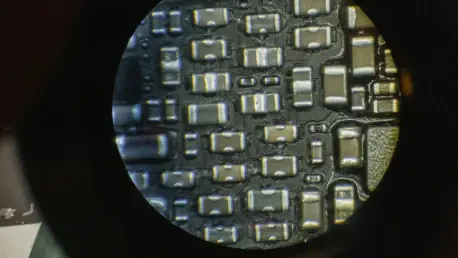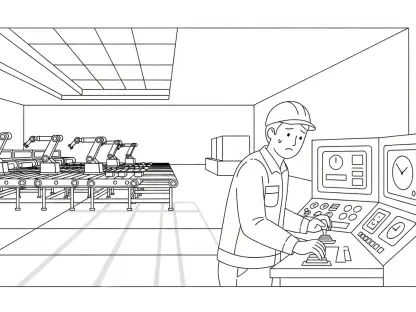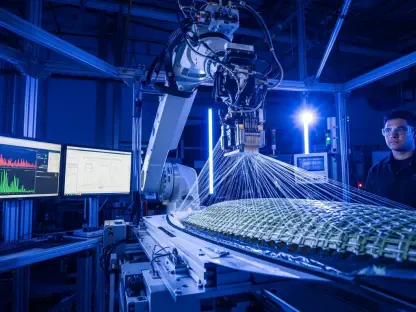A pivotal juncture has emerged for the semiconductor industry. Given the pervasive role of semiconductors in everything from powering smartphones to driving national security systems, even a slight disruption could ripple across the technology sphere, leading to substantial implications for the world at large. Picture a global network relying on tiny chips for purposes ranging from military defense systems to everyday gadgets; this forms the backbone of countless operations and comforts in modern life.
The semiconductor industry is crucial to both global technological progress and economic stability. Its chips are vital in myriad applications, from advanced medical equipment to the automotive industry. Should this industry falter due to its current challenges, the impact would be profound. Labor shortages, geopolitical tensions, and the relentless pace of technological advancement have made the industry’s foundation appear more fragile than ever.
Breaking Down Challenges with Opportunities Ahead
Policies such as tariffs have created substantial turbulence within the industry. The U.S.-China trade tensions have increased import costs, straining relationships across the semiconductor supply chain. These tariffs, initially imposed to drive local production, have inadvertently bogged down manufacturers reliant on international partners. The consequences are most acute for sectors dependent on legacy components, like aerospace and defense, which have seen supply chain disruption and extended lead times for critical components.
Meanwhile, labor shortages and a pronounced skills gap further compound the industry’s difficulties. The ambitious projects of companies like TSMC in Arizona exemplify these challenges. Despite substantial investment in new facilities, production delays persist due in large part to the lack of skilled personnel. The gap is not just limited to quantity but extends to skills essential for an industry evolving so rapidly that yesterday’s know-how is nearly obsolete today.
Technological obsolescence remains another formidable hurdle. Rapid advancements have accelerated the obsolescence cycle, leaving industries that depend on stable and reliable technology scrambling to adapt. The automotive and defense sectors, in particular, face disrupted production timelines due to vital components nearing or reaching obsolescence.
Insights from the Experts: Navigating Turbulent Times
Industry experts offer perspectives on potential solutions. To counteract the effects of tariffs, broadening trade policies and supplier diversification are advised. The focus is on realigning supply chains to ensure continuity and stability. In tackling labor shortages, educational initiatives are key. Collaborative efforts, such as Purdue’s training programs, aim to equip a new generation of technicians and engineers, bridging the skills gap for sustained growth.
Technology can significantly aid the industry. Predictive analytics and AI tools provide the means to foresee obsolescence and efficiently manage supply chains. These technologies allow companies to anticipate component demands, maintain inventory supply, and mitigate the risks associated with component shortages.
Strategic Actions for a Prosperous Future
To build a more resilient industry, companies need to rethink traditional supply chain strategies. Shifting from just-in-time models to more flexible procurement approaches can fortify supply chains against unforeseen disruptions. Moreover, prioritizing workforce upskilling through partnerships with educational institutions will ensure a workforce capable of propelling the industry forward.
Adopting advanced technologies with a focus on AI is crucial. AI-driven tools can streamline operations, anticipate future demands, and manage component lifecycle effectively. These strategies will be vital for companies aiming to minimize the impact of rapid obsolescence and maintain robust supply chains.
Path Forward: Forging an Adaptive Industry
In retrospect, the semiconductor industry’s ability to overcome 2025 hurdles hinges on embracing strategic foresight and collaboration. Navigating tariff impacts, addressing labor gaps, and managing technological obsolescence were not mere challenges but catalysts for innovation. Building resilient supply chains, investing in education, and leveraging cutting-edge technology became essential steps in shaping a sustainable future for the industry.









